These conversation-starters help learners become sensitive to the presence of the Making Moves in their own and others’ learning. They also help learners have substantive conversations about the Making Moves with their peers.
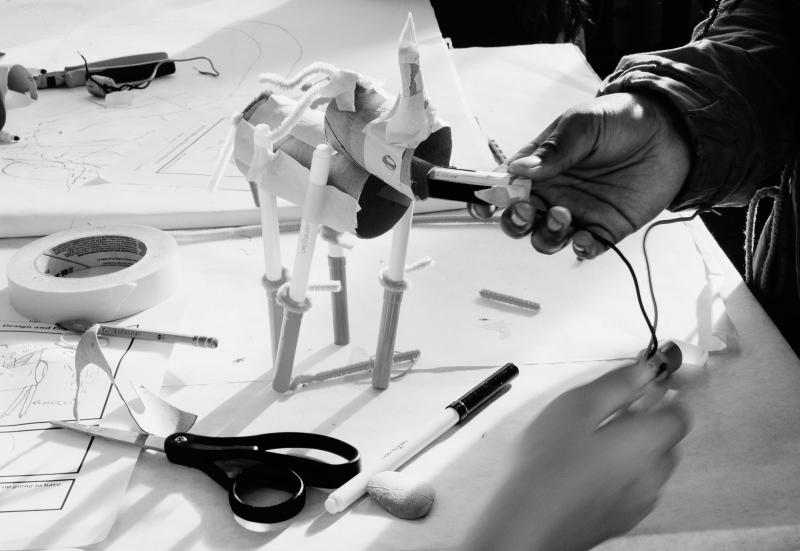
These conversation-starters help learners become sensitive to the presence of the Making Moves in their own and others’ learning. They also help learners have substantive conversations about the Making Moves with their peers.

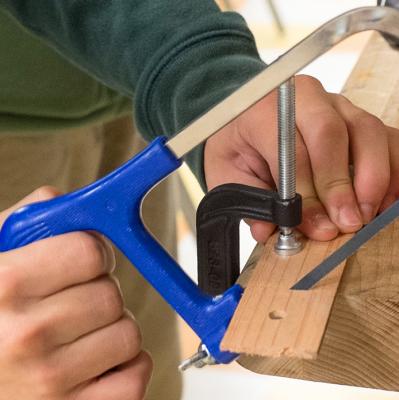
Ilya Pratt, AbD Oakland Leadership Team member and Design+Make+Engage program director at Park Day School, tells a tale of maker empowerment and collective agency through the story of Kyle and the saber-toothed cat.
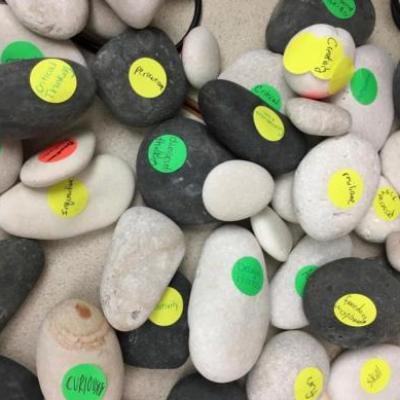
In this essay, leaders of the Agency by Design Pittsburgh network Peter Wardrip, Jeffrey Evancho, and Annie McNamarra describe their process of pursuing documentation and assessment strategies for maker-centered learning that are based on the values educators bring to their work in schools and other settings. Using the metaphor of big rocks and little rocks as introduced by Steven Covey, the authors describe the process of identifying one’s values and documenting and assessing student learning from the perspective of one’s values. They then articulate the lessons they have learned and their suggestions for moving forward. The core findings that emerge from this work are: (a) identifying one’s values is challenging, (b) documentation requires practice, (c) one’s values are linked to one’s content, and (d) visibility supports measurement.
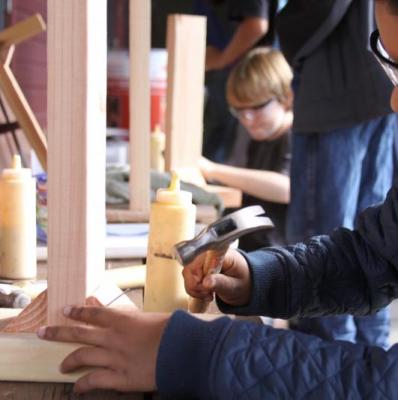
In this picture of practice essay, educators Ilya Pratt and Jeanine Harmon share a community “Design + Build” project. Fourth and fifth grade students from North Oakland Charter School and Park Day School find an opportunity to work together to build T-Stools for classrooms.
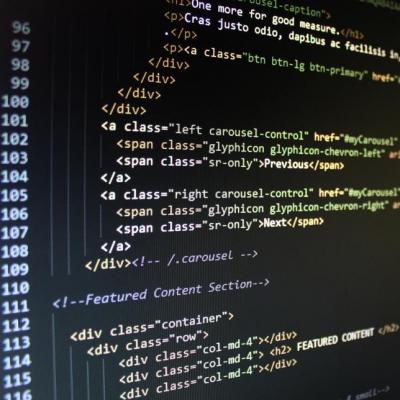
Welcome to the new Agency by Design website! Because the new website is so rich with content and features, we think it might be helpful to take you on a tour to get a sense of all it has to offer. The new site boasts 29 educator tools and practices that accompany the Agency by Design framework for maker-centered learning, featured documentation and assessment resources highlighting the most recent phases of work, Agency by Design media and publications, and project and funder pages to highlight the Origin Project, Early Childhood in the Making, and Making Across the Curriculum. The video below walks you through the elements of the site and gives an overview of each page.

这个思考模式通过让学生慢慢、细心地观察物件和系统中的细节,鼓励他们不止观察物件的表面特征,更重要的是了解其内部运作。
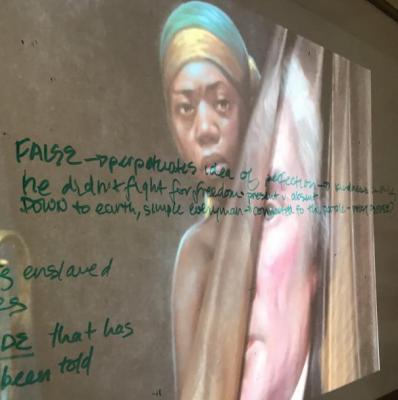
Jaime Chao Mignano is a Senior Practitioner Specialist on the JusticexDesign (JxD) project, and an ongoing leader in the project's conception and development, including developing tools and supporting educators to apply the emerging JxD framework in their contexts.
We find ourselves in a thorny historical moment, in the United States and around the world. Like my colleagues on the JusticexDesign project—and like many educators—I wonder: How will we support our students in deepening their understanding of the world around them and exploring the complex interplay of histories we are taking part in? In the US, we are debating the fate of American monuments, the legacy of American founders, and the impact of America’s own super story on the lived experiences of its people. How might we offer a path of agency to our students that champions historical honesty? And as we guide our students in considering colonial legacies, migration crises, and global economic injustice, what are some ways we might actively value the voices of communities adding their own truth to a contested history, even at terrible risk?
Artist Titus Kaphar’s work offers a rich model, pieces “that are honest, that wrestle with the struggles of our past but speak to the diversity and the advances of our present.” WIS History teacher Nora Brennan, a colleague in Agency by Design's Making Across the Curriculum project, and I had been struck by Kaphar’s 2017 TED Talk, “Can Art Amend History?” He asks, with his own children in mind, “What is the impact of these kinds of paintings on some of our most vulnerable in society, seeing these kinds of depictions of themselves all the time?” Kaphar concludes by urging us to “amend our public sculptures, our national monuments” in order to expand and deepen our historical narrative.
In the fall of 2018, Nora took her history class to visit the Titus Kaphar collection in the “UnSeen: Our Past in a New Light” exhibit in the National Portrait Gallery. This experience was clearly powerful for students—we could sense that Kaphar’s artworks were shifting their gazes, pointing them to an actively unfolding dialogue on American history. Nora knew she wanted her students to connect more deeply to Kaphar’s philosophy of historical amendment. She combined this art exhibit and the history lessons she was teaching on the Civil War and Reconstruction as the foundation to challenge students to research a Civil War monument and reimagine it.
At the same time, Nora knew it was important to contextualize this project in the very active conversation in the U.S.—and around the world--about monuments and public memory. The controversy around Civil War monuments was and is a real current event—many city and state governments have been taking steps to address the symbolic presence of historical racial terror embedded in public spaces by tearing down monuments, renaming streets and buildings, etc. We wanted students to situate their thinking within these substantive critiques - not to attempt reconciliation but to explore their own perspective.
Nora drew on the Agency by Design framework to build her students’ sensitivity to the design of monuments and portraits. She knew that historical artworks can both express and obscure, offering us complex legacies that we can guide students in unpacking and probing. We wondered what maker empowerment might look like as students approach a portrait of Robert E. Lee or a statue of John. C. Calhoun.
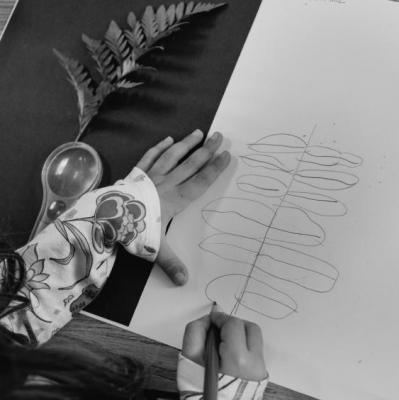
This tool is connected to the Agency by Design Making Moves. The Making Moves identifies three maker capacities that support a sensitivity to design, along with their associated learning moves. Here you’ll find three observation sheets, one for each of the maker capacities: Looking Closely, Exploring Complexity, and Finding Opportunity.

Educator Tatum Omari examines the system of educator collaborations and partnerships.